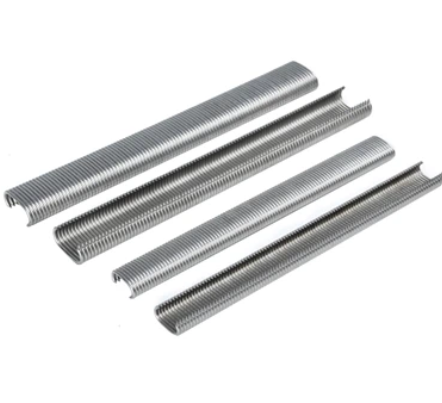Insulation Hangers selection
Author: admin Date: 2024-08-09 16:23:57 Category: INDUSTRY NEWS
When choosing Insulation Hangers, the following aspects need to be considered:
Load capacity: Determine the required load capacity of the Insulation Hangers based on the weight of the insulation material supported, the self weight of the pipeline or equipment, and the potential dynamic loads they may bear. For example, if it is a thick insulation layer used to carry large industrial pipelines, it is necessary to choose hangers with high load capacity.

Material quality: Insulation Hangers made of corrosion-resistant, high-temperature resistant, and high-strength materials such as stainless steel, galvanized steel, or special alloys are preferred. Taking stainless steel as an example, it performs well in humid and corrosive environments and can maintain stable performance for a long time.
Size and shape adaptability: Ensure that the size and shape of the hanger match the pipes, equipment, and insulation materials to be installed. Different pipe diameters, shapes, and insulation thicknesses require hangers of corresponding specifications. For example, for curved pipelines, it is necessary to use arc-shaped hangers that can fit their curvature.
Installation method: Consider the convenience and flexibility of installation. Some hangers are fixed with bolts, while others are installed with snap fasteners or welding. Choose the appropriate installation method based on actual construction conditions and requirements.
Brand and Quality Certification: Choosing well-known brands and products with relevant quality certifications usually means better quality and reliability. For example, products that have passed ISO quality certification are often more secure in terms of production processes and quality control.
Cost effectiveness: Comparing prices of different brands and suppliers to obtain the best cost-effectiveness while meeting performance requirements. But don't sacrifice quality just because of its low price.